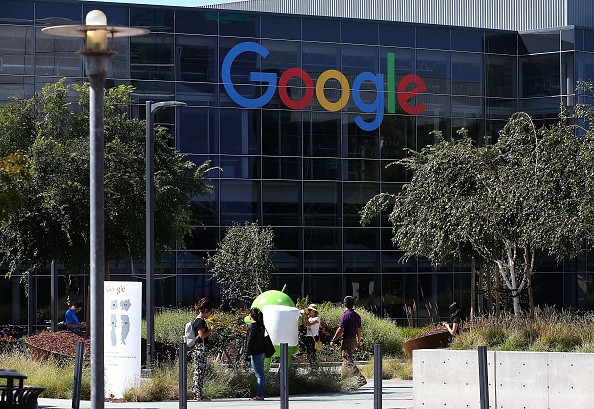Samsung, Apple, and Google are preparing their biggest flagship smartphones this year - the South Korean giant with the Samsung Galaxy S8, the Cupertino-based company with the iPhone 8 and Google's Pixel 2. However, besides the hallmarks of their unique hardware and design, the three smartphones will share a key component on their displays - the OLED capabilities.
The latest report on the Samsung, iPhone, and Google's flagship phones came from Displaymate's Raymond Soneira, who published a report detailing the advantages of OLED displays over the phone's traditional LCD screens.
According to Soneira's report, OLED screens will be a standardized on most handheld devices in the coming years, as it exceeds the performance of the traditional LCD displays. Some of the significant advantages of the OLED screens will be its thin design, lighter framework, and smaller bezel that promises a near rimless edge-to-edge display.
Unlike a standard LCD display, OLED screens feature pixels that emit their own light, "which can provide better color accuracy, image contrast accuracy, and screen uniformity, in addition to incredibly flexible display power management."
According to the display expert, the Galaxy S8 is expected to feature an OLED display, which could be attributed to Samsung Display's market lead for phone-sized OLED screens, estimating about 95 pewrcent of world's supply.
Although Galaxy S7 has already sported the OLED display, the Galaxy S8 phone will have a wider color gamut. Soneira also claims that the Galaxy S8 will support DCI-P3 colour gamut.
Soneira furthers: "It appears likely that the curved screen Galaxy S8 will be bezel and border free to the outside edges, and fill all or almost all of the entire front view edge-to-edge," adding that rumours suggest we'll see the home button, fingerprint sensor, and navigation buttons all embedded within the display."
BGR reported that the Apple's next iteration will feature a curved OLED screen. The iPhone 8 handset will support DCI-P3, just like its predecessor. Soneira's report further explained that iPhone 8 will deliver an aspect ratio of 2.0 from the current 1.78, maintaining the same overall outer geometric form factor as the iPhone 7. This could push the device's resolution to 2,160 x 1080 or 2880 x 1440.
In the case of Google Pixel, its current already geared a rigid OLED display that is similar to the flat screen Galaxy S7 OLED, but with resolutions of 1920x1080 and 2560x1440 for the larger XL model.
However, Google will advance the next Pixel smartphone's color gamut into true DCI-P3 gamut support.
On the upcoming Pixel's brightness, Soneira says: "It will be interesting to see how the Pixel 2 will incorporate and utilize the very high Peak Brightness of greater than 1,000 nits that the latest OLED displays can produce, particularly for the new HDR High Dynamic Range content, and for improved display performance in ambient lighting."





















